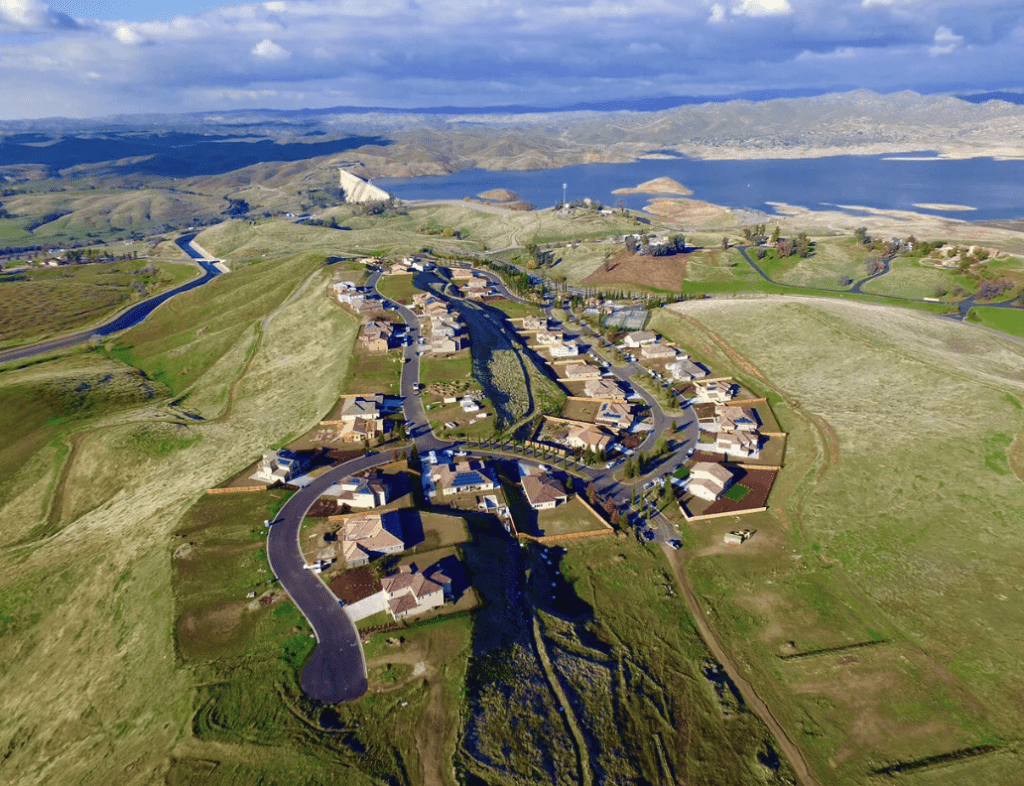A handful of small valley communities will be able to move more rapidly on water projects thanks to millions in funding recently allocated by the state Department of Water Resources (DWR) as part of its water resilience program.
DWR awarded $86 million throughout the state. About $44 million of that will go to small communities facing water insecurity through the department’s Small Community Drought Relief Program.
The announcement of DWR’s ninth, and final, round of funding under this program comes as more than 1,400 wells have gone dry throughout the state this year, 369 of those in the San Joaquin Valley, according to the state’s dry well reporting system.
The recently announced funding will help support five projects in the San Joaquin Valley. Two of the biggest projects are a $4.2 million pipeline connection for the community of Mira Bella in Fresno County and $3.4 million for a water system consolidation for West Goshen in Tulare County.
The other three valley communities that received DWR funding are:
Yettem-Seville in Tulare County, $1 million; Hidden Lakes in Madera County, $2 million; and a water extension project outside of Visalia in Tulare County which received about $500,000.
Without the funding from DWR the only other option for these communities would have been to seek funding from the state Water Resources Control Board, which typically takes much longer.
West Goshen, outside of Visalia, has long struggled with water problems.
As drought persists, farmers in surrounding areas have relied more heavily on groundwater causing the water table to plummet and drying up private household wells. As water tables dropped, water quality also became more degraded with tests showing dangerous chemicals such as nitrates, uranium and 1, 2, 3-TCP.
Some West Goshen residents get their drinking water from California Water Service, or Cal Water, a large utility that also serves nearby Visialia. But about 53 households aren’t hooked up to Cal Water, instead using private wells, said Daisy Gonzalez, community solutions coordinator for nonprofit Community Water Center.
“It’s just kind of bizarre,” said Gonzalez, who is the project manager for West Goshen. “We have neighbors that are literally in opposite situations.”
The solution is consolidation with Cal Water, said Gonzalez. That means homes on wells would be connected to Cal Water.
Community Water Center has been a technical assistance provider for the community since 2020.
“We’re excited to now move the consolidation option forward with (the DWR) funding,” Gonzalez said.
While the state Water Board did provide about $260,000 worth of planning and analysis work, funding the whole project through it would have taken an additional year, said Gonzalez.
The money from DWR should cover just about all construction costs, she added. And unlike other consolidation projects, such as the decades-long process between Tooleville and Exeter, Cal Water has been a willing partner and has advocated for the consolidation since the beginning, said Gonzalez.
With the DWR funds secured, the consolidation project could be finished in about a year, she added.
In Fresno County, the DWR funding will bring tiny Mira Bella closer to completing an important project.
Mira Bella is a gated community of about 165 people near Millerton Lake. Residents rely on groundwater through a community system of multiple wells.
“One of their wells has already gone dry,” said Arthur Hinojosa, manager of DWR’s division of regional assistance. “And the others are getting low.”
The community is under the jurisdiction of Fresno County’s Waterworks District No. 18.
The $4.2 million from DWR will pay to build a pipeline from the district’s surface water plant down into the Mira Bella community. The extension would put Mira Bella on surface water as opposed to relying solely on groundwater, said Diego Noriega, general manager of Waterworks District No. 18.
Mira Bella’s wells are hard rock fissure wells, meaning they rely on snow runoff and upper watershed conditions to replenish underground water access. Because of the dire drought conditions, there isn’t enough water coming up through the wells anymore, said Noriega
The project could take two years to finish, so the funding will also cover hauled water for residents in the meantime.
“They’re concerned that their wells will go dry and they want to be ready for it,” said Hinojosa.
This was the final round of funding for DWR’s small community drought program. Applications have continued to pour in but there is no more money, said Hinojosa.
DWR hasn’t closed the program, however, and Hinojosa said applicants should still apply. It’s possible that more funding could become available in the future and staff could then start fulfilling applications that are already in the pipeline.
Share this:
- Click to share on Facebook (Opens in new window)
- Click to share on Twitter (Opens in new window)
- Click to share on LinkedIn (Opens in new window)
- Click to share on Reddit (Opens in new window)
- Click to share on Tumblr (Opens in new window)
- Click to share on Pinterest (Opens in new window)
- Click to share on Pocket (Opens in new window)
- Click to share on Telegram (Opens in new window)
- Click to share on WhatsApp (Opens in new window)
- Click to print (Opens in new window)








